
Mexican comics - originally known as short stories - were part of the childhood and youth of many generations in the 20th century, as they showed stories ranging from comic to political criticism. They also had an affordable price ranging from four to 30 pesos.
With the passage of time, publications gradually transformed and diversified, because according to Vicente Quirarte, at first it was frowned upon “reading with images” and that is why comics in Mexico were given a nickname.
According to researcher Luis Gantus, these comics not only entertained, but also played an important role in the literacy of the population. The impact these comics had also generated interest to study them, dividing them into several eras and stages.
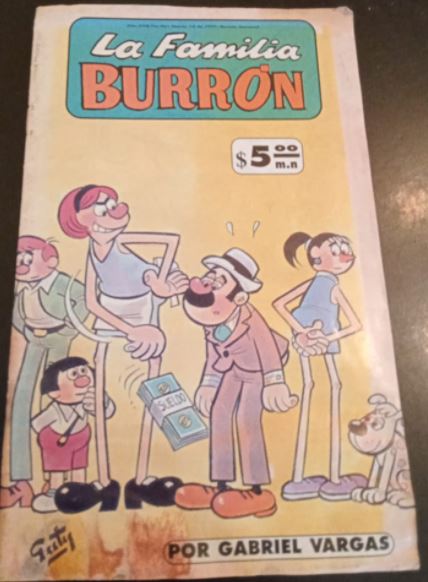
The comic book entitled La Familia Burrón was created 1948 by Gabriel Vargas, who was inspired by people living in various neighborhoods in Mexico City to create their characters.
According to the writer Carlos Monsiváis, this was “the first comic to use what we call the language and the feeling of the popular spirit. Take advantage of the medium in which others empty their lack of imagination, to give us a vision of Mexico today.”
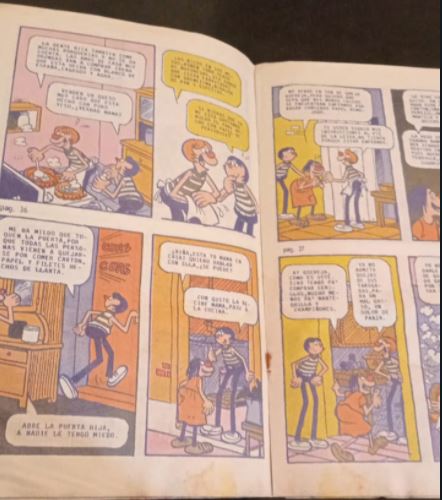
It should be noted that during that decade there was a profound transformation in Mexican society, so that Gabriel Vargas was able to portray with satire from everyday life to transformations in mobility and other urban situations.
The weekly installments of the family headed by Don Regino Burrón -a hairdresser- and Borola Tacuche de Burrón -a cheerful and witty woman- ran from 1948 to 2009. The couple had three children: Regino El Tejocote, Macuca and Fóforito Cantarranas -adopted-, they also had a dog named Wilson.
Kaliman
“The one who dominates the mind dominates everything and speaks of a self-control of the human being to moderate his appetites”, was the most characteristic phrase of this brave muscular man who wore a white suit and a turban.
Kalimán is a superhero of the Mexican imagination whose comics were published from 1965 to 1990, but its origin is in a radio soap opera titled Kalimán: The Incredible Man, broadcast in 1963 for Radio Cadena Nacional, the program was created by Rafael Cutberto Navarro and Modesto Vázquez González.
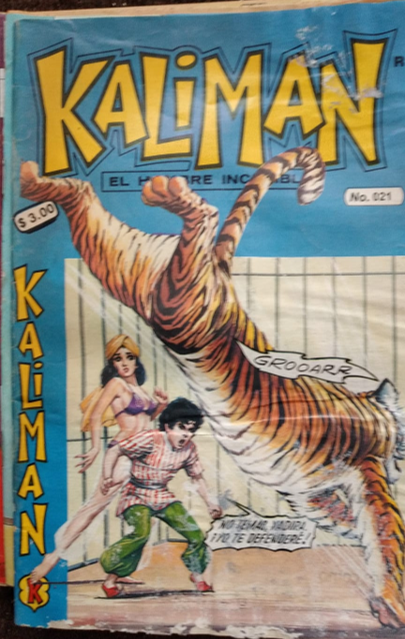
Some of its powers are hypnosis, astral travel, telepathy, telekinesis, longevity, levitation and great wisdom, all its positive aspects directed them to fight criminals, vampires, aliens and even hired killers, he also decided to fight against organizations that trafficked weapons and drugs.
Within the story, his origin is unclear, since it is only known that he is the seventh man of the goddess Kali and that he arrived in India in a basket as a baby, was rescued, kidnapped and even stayed in a monastery where he learned all his skills.
His faithful companion in adventure was Solín, an apprentice who was with him on all his adventures and used to get into trouble. This comic was printed in sepia color and its success was so great that it even reached other countries in Latin America.
Tears and laughter
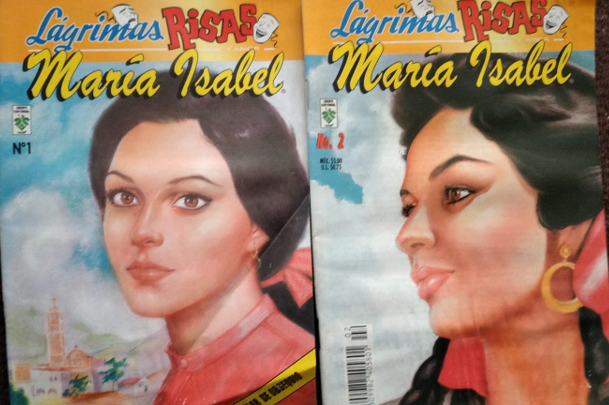
The full name of this magazine was Tears, Laughter and Love, at first romantic comics were published as a unitary series, but over time they were made as a series of more than 100 chapters. Most were written by Yolanda Vargas Dulché, but in 1972 her husband Guillermo de la Parra joined the writing of this publication.
These photonovels stood out for telling various melodramatic stories in sepia color from 1962 to 1995 by Argumentos Publishing House. After their success, they also began to be distributed in Spain, some of these narratives were even adapted for film or television a few years later.
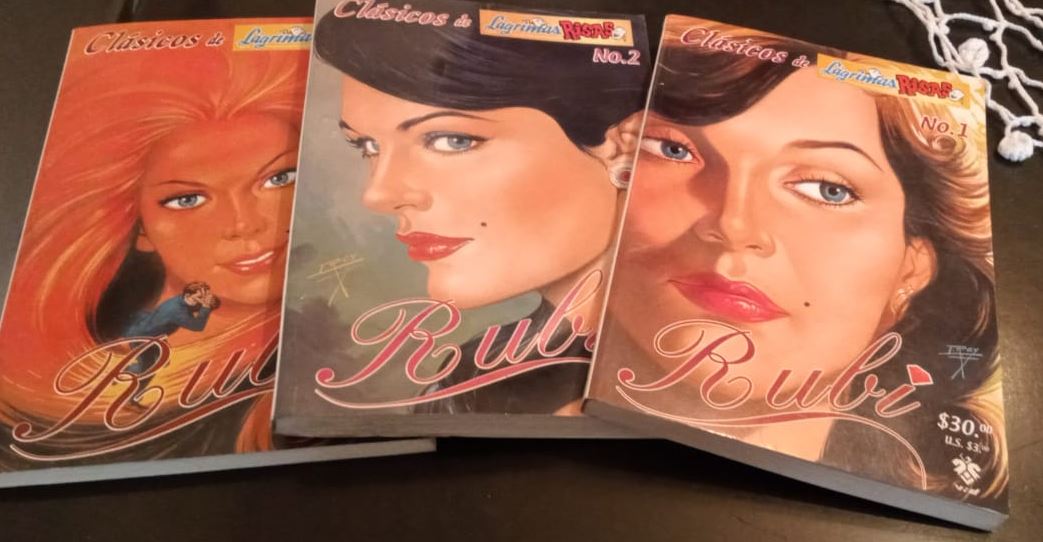
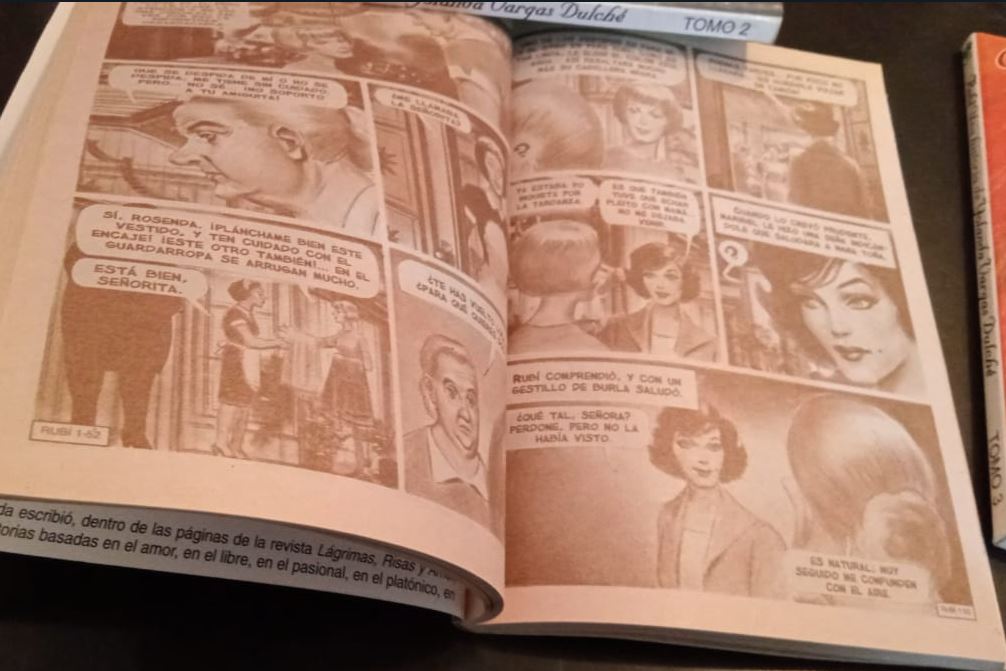
Some of the best-known titles of Tears and Laughter are Rubí from 1963; Maria Isabel and Encrucijada, both from 1964; Slave Blood from 1965; Rarotonga from 1973; Triste Alborada from 1974, authored by Guillermo de la Parra. It was in this magazine that a remake of Amor en Oriente (originally published in Pepines magazine) was published, which was titled The Sin of Oyuki.
It was in 1986 that Tears and Laughter began to have other authors, resulting in publications such as A Returning Past from 1987 written by Catalina D'Erzell.
Capulina and Capulinites
Towards the end of the sixties, this comic was known as The Adventures of Chip and Capulina, the cartoonist of it was Hector Macedo. Ten years later they were reissued in a paperback version known as Capulinita Adventures.
The story of these adventures is inspired by Gaspar Henaine, a Mexican film and television comedian known as Capulina, in these comics he lives with his grandfather, who is his father figure.
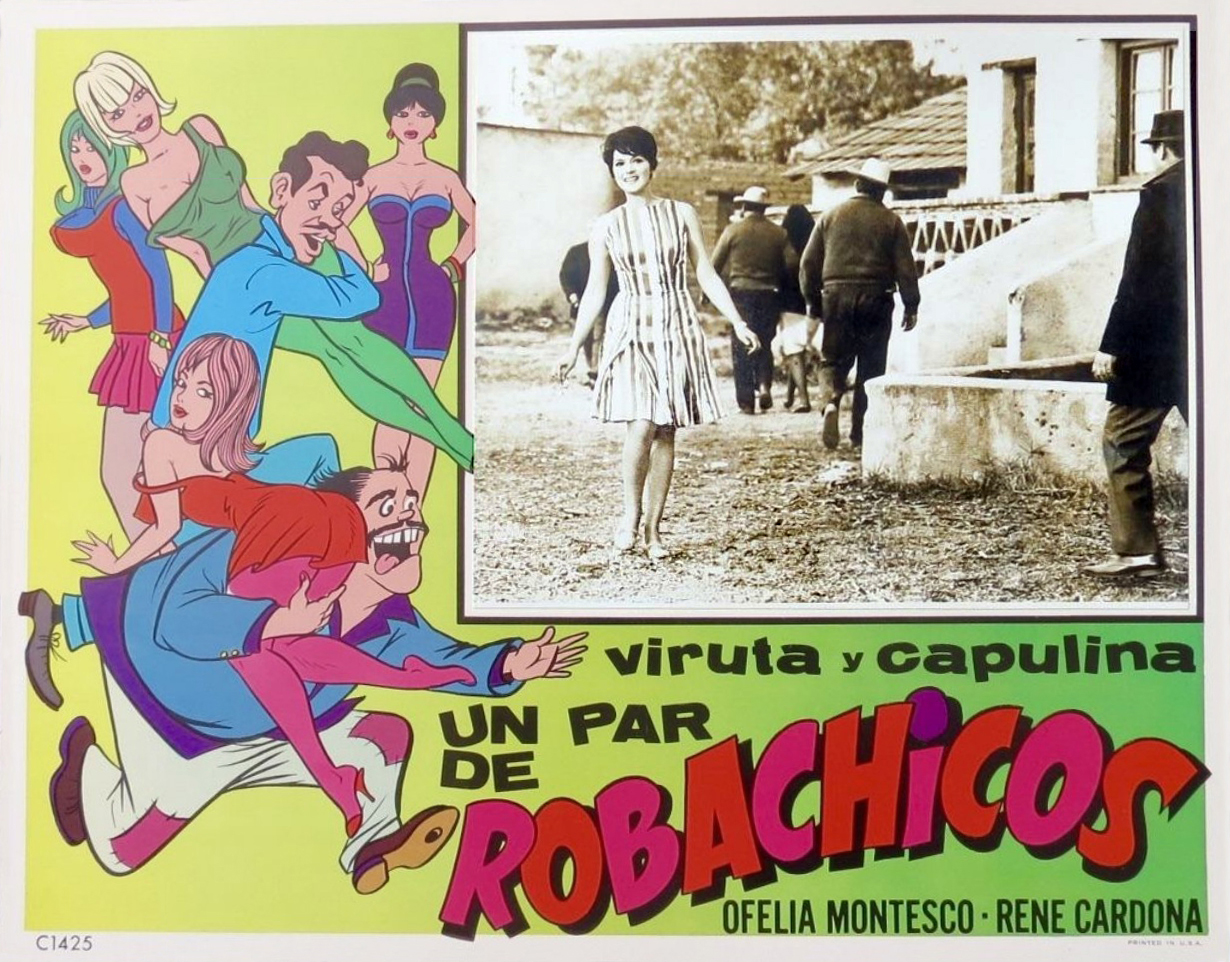
According to the website Pepines, “Despite her age and adult appearance, Capulina embodies the stereotype of childish behavior and mentality, naive, good, mischievous, half-capricious and incapable of evil. Capulina is the best example of the silly joke or the 'pasteazo'.
Among the prominent characters in this series are Doña Panchita, General Bararrasa - a veteran of the Mexican Revolution and Mr. Quiñones.
Memin Penguin
This comic was created in 1943 by Yolanda Vargas Dulché, the same author of Tears and Laughter. The character bears the same name and is an Afro-Mexican boy.
It should be noted that over time, people who have analyzed the representation of this character and his mother have considered that there were explicitly racist actions, dialogues and illustrations. In addition, they are the only blacks in the comic and apparently they were discriminated against in their interactions.
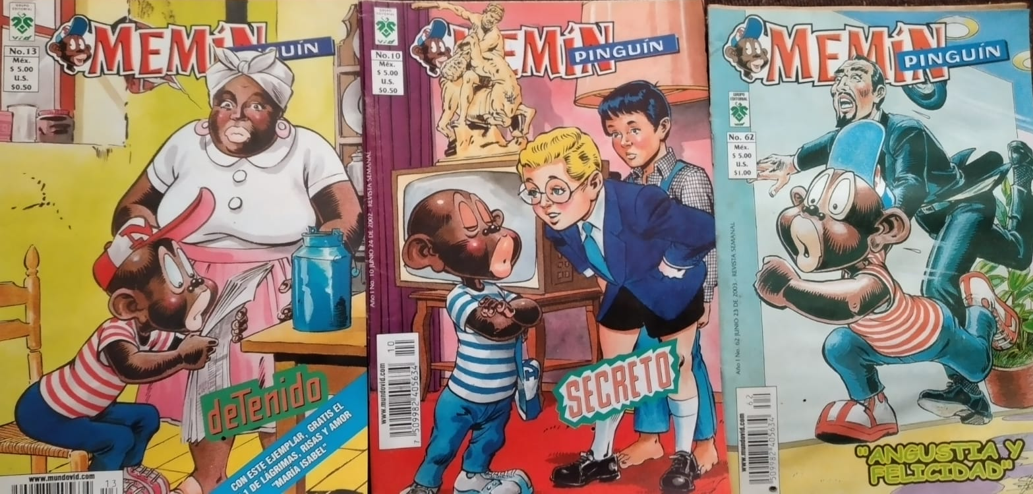
Memín is a kind boy of a cunning nature who usually gets his friends in trouble, although in addition to these adventures, other social problems such as human trafficking and domestic violence were also addressed in these publications.
This comic was also published in sepia tone and reached the number one thousand in the seventies, although at the beginning of the 2000s there were some reissues.
There is currently Pepines, a website of the National Newspaper Library of Mexico to enjoy and consult hundreds of titles of these comics for free.
The database was named as a tribute to the magazine Pepín, published between the 1930s and 1950s, which had a great success in this country and for several decades all publications of this type were known as pepines. The page is as follows: https://pepines.iib.unam.mx/
KEEP READING:
Últimas Noticias
Debanhi Escobar: they secured the motel where she was found lifeless in a cistern
Members of the Specialized Prosecutor's Office in Nuevo León secured the Nueva Castilla Motel as part of the investigations into the case

The oldest person in the world died at the age of 119
Kane Tanaka lived in Japan. She was born six months earlier than George Orwell, the same year that the Wright brothers first flew, and Marie Curie became the first woman to win a Nobel Prize

Macabre find in CDMX: they left a body bagged and tied in a taxi
The body was left in the back seats of the car. It was covered with black bags and tied with industrial tape
The eagles of America will face Manchester City in a duel of legends. Here are the details
The top Mexican football champion will play a match with Pep Guardiola's squad in the Lone Star Cup

Why is it good to bring dogs out to know the world when they are puppies
A so-called protection against the spread of diseases threatens the integral development of dogs



